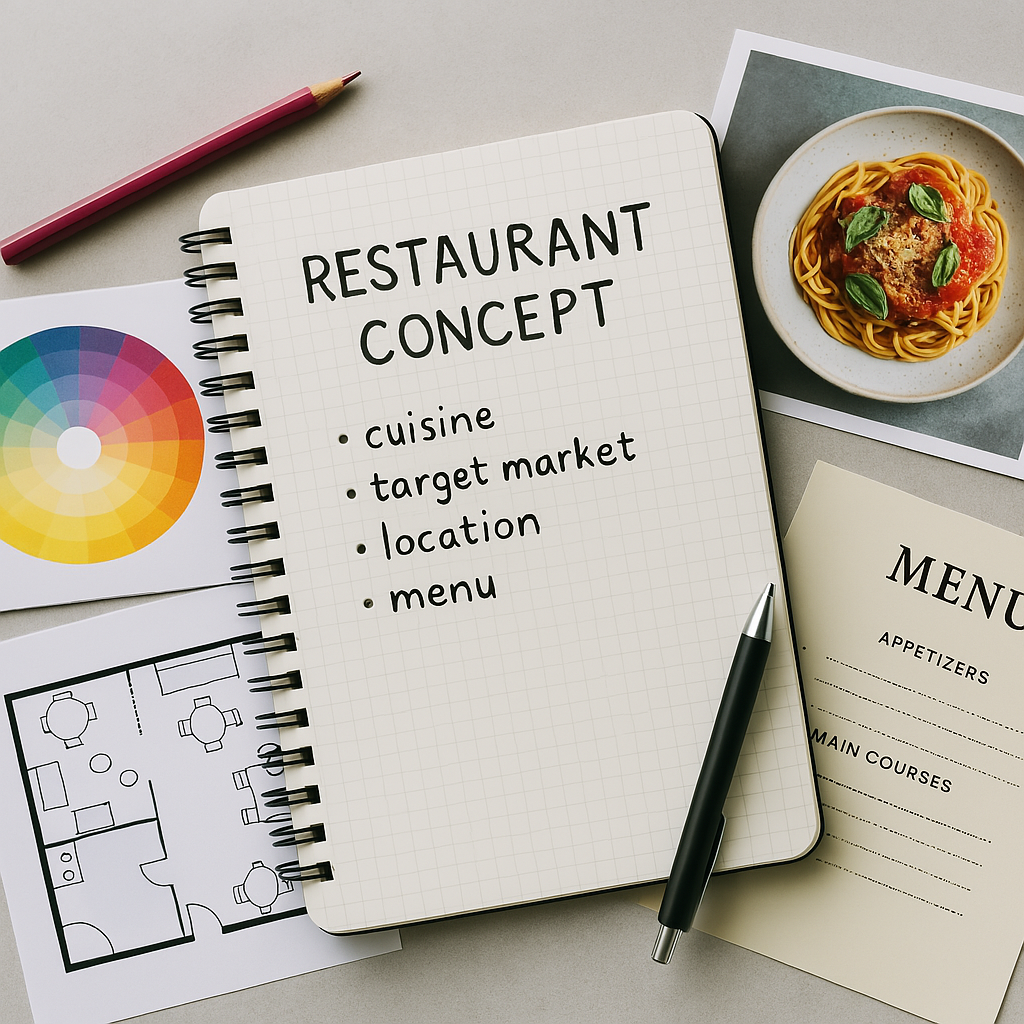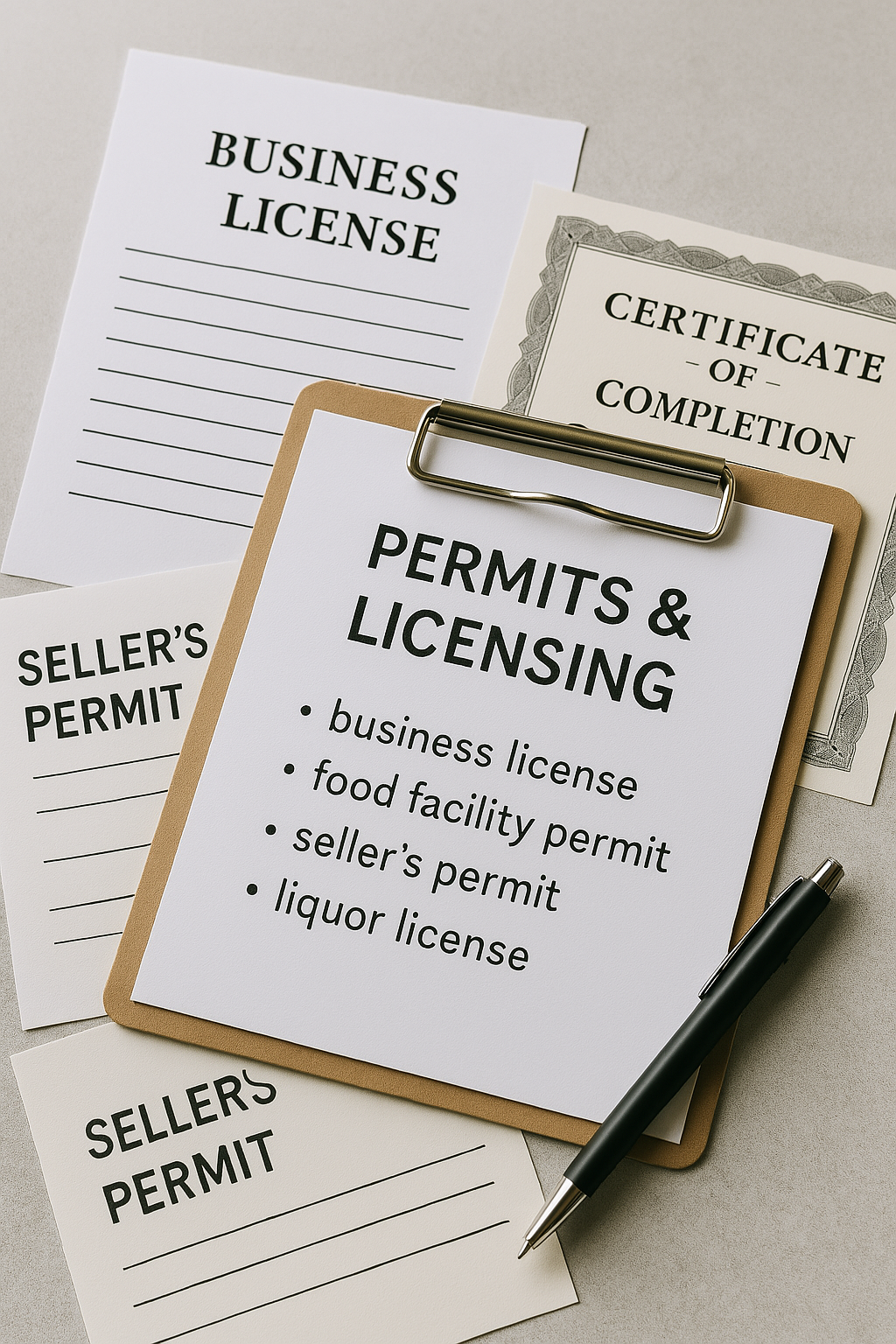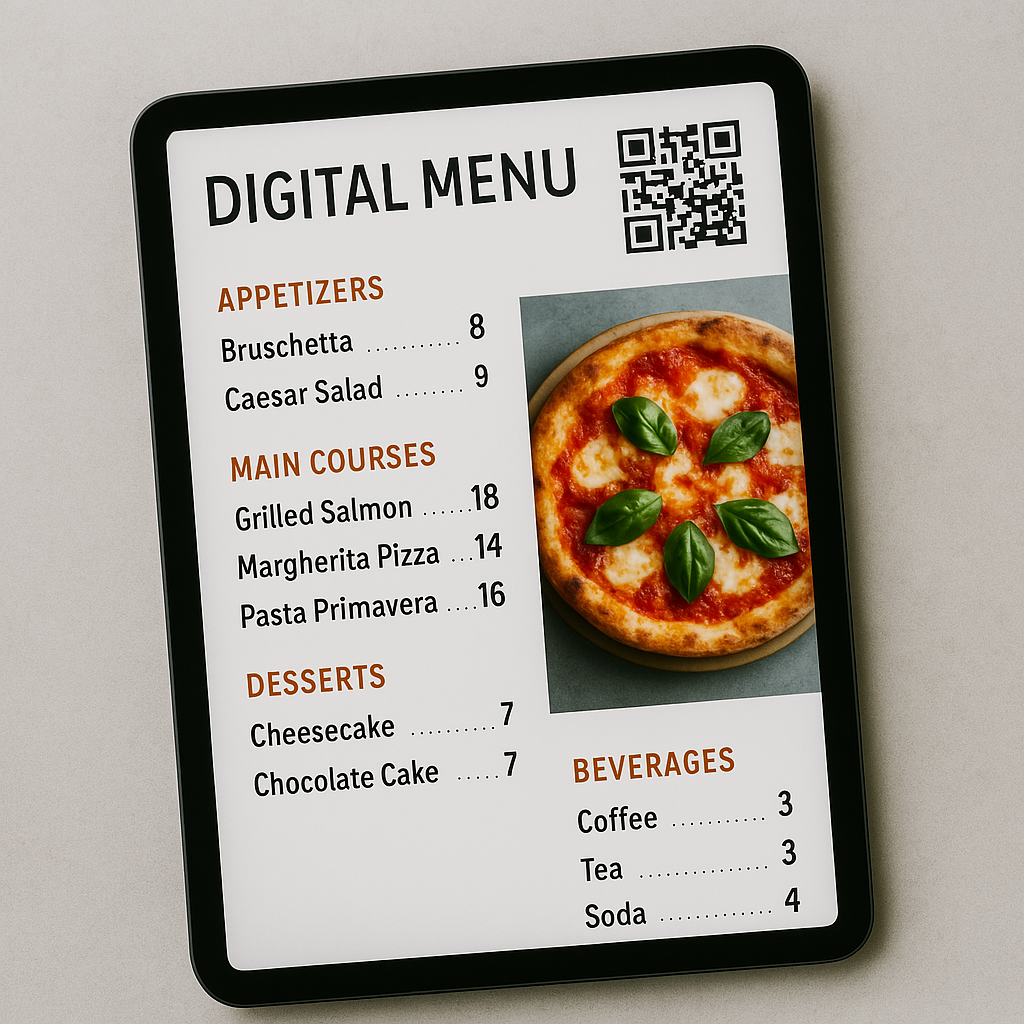How to Start a Restaurant Business in California in 2025 (Step-by-Step Guide)
A practical guide for first-time food entrepreneurs in California, with a modern focus on digital menus and tech-forward operations.
Introduction
California is one of the most exciting — and competitive — places to start a food business. Whether you're launching a café in Oceanside or a food truck in San Diego, it's important to get started with the right foundation. That includes legal paperwork, smart planning, and meeting customer expectations in 2025 — like having a digital menu ready from day one.
This guide walks you through the key steps, resources, and tools — including how NexMenus can simplify your digital menu setup.
Step 1: Choose Your Concept
Your concept will shape your entire business. Are you opening a fast-casual spot, an upscale restaurant, or a mobile kitchen? A clear concept helps you define your menu, target audience, and tech needs. It also lets you plan your menu early — which you can easily design and update with a digital menu tool like NexMenus.

Planning your restaurant concept is the first step to success in California's competitive market
Step 2: Register Your Business
You'll need to make your business official with the state of California and your local city/county:
- Choose a business structure (LLC, sole proprietorship, corporation)
- Register your business name via BizFile Online
- Apply for an EIN with the IRS
- Obtain a local business license from your city or county
Step 3: Get Your Permits
Serving food in California requires state and local compliance. Here are the basics:
- California Food Handler Certificate (for yourself and staff)
- Health inspection and food facility permit from your county
- Seller's Permit from the California Department of Tax and Fee Administration
- Alcohol license (if applicable) via the California ABC

Navigating California's restaurant permits is easier when you're prepared
Step 4: Find a Location or Setup a Mobile Kitchen
Depending on your concept, you'll either lease a space or operate from a mobile setup like a food truck. Check with your city's planning department for zoning rules, especially in popular areas like Carlsbad, Vista, or Encinitas.
No matter where you operate, customers will expect to access your menu digitally — whether from a sidewalk sign or a table QR code. Tools like NexMenus let you publish and update your menu instantly, even on the go.
Step 5: Build Your Menu with Digital in Mind
Plan your menu with flexibility — ingredients, seasonal specials, and item rotation. A digital menu lets you make changes without reprinting, which is key for startups managing cost and time.
With NexMenus, you can:
- Quickly build and edit your menu with a clean interface
- Generate QR codes for tables, delivery, and social media
- Showcase photos and descriptions of your dishes
- Update pricing instantly when supplier costs change

Modern California restaurants use digital menus for flexibility and better customer experience
Step 6: Set Up Basic Operations
A lean and modern tech stack is crucial. Here's what to include:
- POS (Point-of-Sale) system
- Reservation or waitlist system
- Digital menu platform (like NexMenus)
- Website with your menu, location, and hours
Customers expect seamless experiences, especially in California's competitive food scene. Starting with a tool like NexMenus means you'll launch with less friction — and no last-minute menu edits before opening day.
Step 7: Launch & Market Your Restaurant
Before opening, create your online presence:
- Create a Google Business Profile
- Set up your social media (Instagram is a must for food)
- Submit your site to Yelp and food directories
- Link your NexMenus digital menu on all platforms
The sooner customers can view your menu online, the more likely they are to visit or order. That's why digital-first planning pays off.
Local Tip: Understand Your County Rules
Local regulations vary. San Diego County's Environmental Health Department has its own food facility requirements. Always check with your county before investing in a location or food truck.
Conclusion
Starting a restaurant in California takes planning — but it's more achievable than ever with the right digital tools. Build your foundation, stay compliant, and use flexible platforms like NexMenus to run smarter from day one.
Start lean. Start local. Start digital.